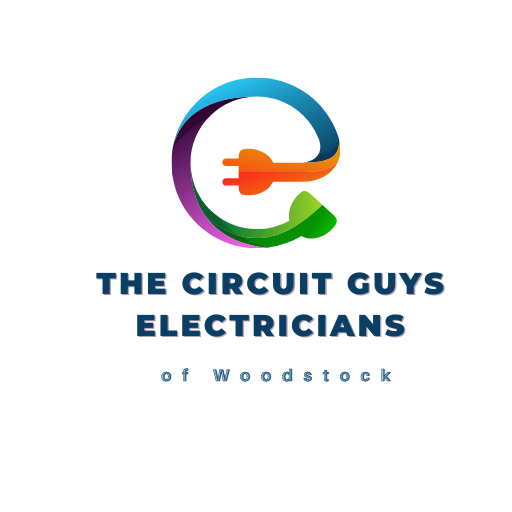You might think that living in a home without any wires or outlets would be free of all dangers. However, electrical hazards lurk everywhere, even in homes that don’t have visible wires or outlets. Electrical hazards can be caused by faulty wiring or an old, faulty appliance plugged in without realizing that it isn’t safe. Even if your home doesn’t have any wires or outlets, it still has the potential to be dangerous. Anything that produces a lot of heat or emits an excessive amount of electromagnetic energy can be dangerous. An electrical hazard is anything that could cause you harm if you touch it or anything nearby and isn’t something that you can see or hear happening. There are a few ways to identify and prevent these hazards in your home:
Check your appliances and electronics
If you want to be sure that your appliances and electronics are safe, you have to look inside. Look for damage, wear and tear, and anything that looks like it might short out. You can also look at the wires and plugs to make sure that they are in good condition. You can also test your appliances by plugging them in and then using a voltage tester to make sure that they are not putting out more voltage than they should.If you find that you have an appliance that isn’t working properly or that you think might be faulty, you should unplug it and dispose of it immediately.
Check your walls for damage
If you have a home that is more than 50 years old, you might have some issues with your walls. You should be able to see the condition of your walls by looking at the paint. If there is any bubbling or peeling paint, you should have it repaired. If you see any cracks in the walls, those need to be patched up as soon as possible. You can also use a wall-hanging moisture meter to see if your walls are getting too damp or too dry.If your walls are in good condition, you can check for signs of water damage by looking for discoloration and mold. You can also look for signs of humidity, like condensation on the windows or walls.
Check your floors for damage
While you are looking at the walls, you should also check the floors for any signs of damage. If you notice any signs of water damage or mold, you should have the floors repaired or replaced as soon as possible. You can also look for signs of wear and tear, like dirt buildup or small holes in the flooring. If you notice large gaps in the flooring, you should have them fixed immediately.
Check your ceilings for damage
Checking your ceilings for damage might sound silly, but it is important. If you see any signs of water damage or mold, you should have the ceilings repaired or replaced as soon as possible. You can also look for signs of wear and tear, like holes or discoloration. If you notice that the ceilings are very thin and don’t look stable, you should have them fixed immediately.
Check your doors for damage
You might think that you don’t need to check your doors for damage, but you should still do it. If you notice any signs of water damage or mold, you should have the doors and frames replaced as soon as possible. You can also look for signs of wear and tear, like loose hinges or broken latches. If your doors are very old, they might not be strong enough to keep out a burglar.
Conclusion
The world we live in is full of risks, but we can minimize the dangers with careful planning and attention to detail. You can’t control everything in your home, but you can take steps to keep it as safe as possible. You can prevent electrical hazards by checking your appliances and electronics, your walls and floors, and your doors. You can also protect your home from pests and other dangers with the right traps and barriers.
